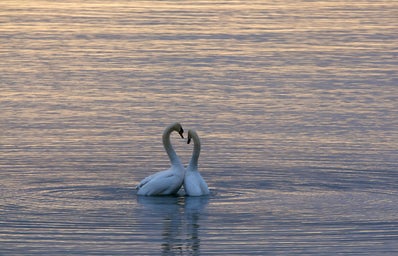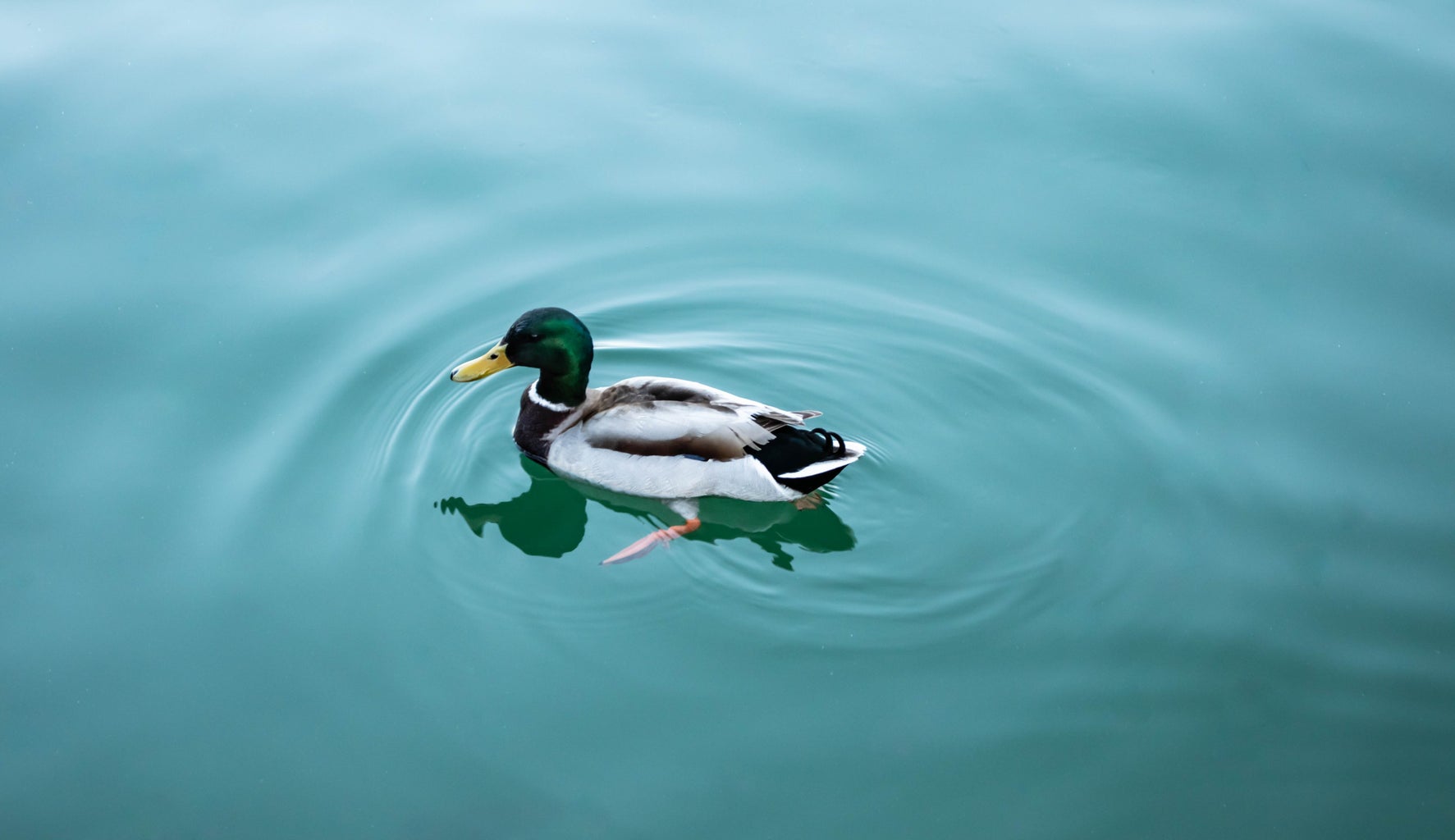Picture this: You’re driving down a beautiful Colorado road, and suddenly, an animal jumps out in front of your car. You don’t know what to do. Is the animal okay? What if it’s still alive? Greenwood Wildlife and Rehabilitation Center is there to help.
Greenwood Wildlife and Rehabilitation Center, located in Lyons, Colorado, shows compassion and care for orphaned, injured, and sick wildlife. Greenwood is a non-profit founded in 1982 which aims to rescue, rehabilitate, and release animals back into the wild. Greenwood also works to educate locals on wildlife conservation and what steps to take if an animal is in need of care. Since founding Greenwood, the center has cared for over 200 wildlife species, from hummingbirds to coyotes.
The Humane Society of Boulder Valley originally founded Greenwood after noticing a lack of care for suffering wildlife. The center quickly outgrew the Humane Society facility. In 1983, Natalie Gneiser was killed while trying to rescue an injured dog on the highway. Gneiser’s family and friends donated the memorial funds to Greenwood, allowing them to expand the facility. In an effort to increase funding, Greenwood opened the Greenwood Wildlife Thrift Shop and Consignment Gallery in 2004. They began hosting an annual The Wild Night for Wildlife fundraiser in 2009. Greenwood now has a sprawling state-of-the-art facility with a wildlife hospital, advanced animal enclosures, and educational spaces.
Greenwood can care for up to 500 animals a day during peak season in the spring, requiring an extensive amount of volunteers, interns, and employees. The center currently has 500 volunteers, six veterinarians, and 16 rehabilitators licensed by the Colorado Division of Parks and Wildlife. The licensing process is extensive. Mysti Tatro, Community Relations Manager at Greenwood, said, “There’s like a lot of crazy laws in Colorado about what you can rehabilitate. We have to have a state-efficient license for every type of species.”
Greenwood strongly believes that wild animals are meant to stay wild and only keep animals under their care until they can be reintroduced into the wild. Tatro said, “I know that we can help a lot of those animals that are suffering. It’s a hard thing to figure out, you know, where our place is. Because in my mind, this is my stance, but that animal was impacted by a human being. We have the responsibility to help it after that, right? That’s my thought.”
The process starts when the center receives a call to their hotline reporting an animal in need. The hotline operator works with the caller to determine the state of the animal and coaches the caller on what to do. From there, Greenwood will retrieve the animal or give instructions on how the caller can bring the animal safely to them.
Once the animal arrives at the facility, the extensive team of wildlife rehabilitators and veterinarians assess the animal for injuries and test for illnesses and diseases. Wild animals are vastly different from domesticated animals: requiring the staff to have extensive knowledge. Staff must know the natural history, nutritional requirements, behavioral issues, and proper caging for each species. Once the initial intake exam is complete, staff develop a treatment plan for recovery.
The majority of animals brought to Greenwood are orphaned animals. In 2022, 81% of the animals cared for by Greenwood were orphans. Greenwood has an entire room dedicated to bird orphans, most commonly ducks and geese. They also have a squirrel and bunny nursery. Other mammal orphans, like raccoons or coyotes, are cared for in the general mammal area.
The most common orphans at Greenwood are ducklings. Tatro says, at Greenwood, “hundreds of baby ducklings will come through these doors. It’s crazy. They’re so cute.” All of the ducklings or geese get heat lamps and little pools to practice swimming in. “It’s my favorite thing to watch here because we get a single duckling from one and then some older ducklings from another clutch. The older ducklings will start to dive in the pool, and then the younger one will see that and be like, ‘Oh, you can do that?’ And they start to dive, and then it causes a frenzy, and they all dive together, and it’s the cutest thing I’ve ever seen in my life.”
Greenwood also takes in adult injured and sick animals. For the bigger animals, Greenwood has multiple larger outdoor enclosures. They have several waterfowl enclosures that are equipped with ponds for swimming practice. Waterfowl include animals like ducks, geese, and great blue herons, to name a few. Several other aviaries house birds like pigeons and crows. These enclosures are equipped with natural branches, sticks, wooden toy boxes, and chains hanging from branches. Tatro says the chains on the branches “help the birds figure out that they need to build those muscles where they can swing on a branch and not just a stationary object. We have to do a lot of thinking outside the box.”
Several carnivore cages at Greenwood house raccoons, foxes, and coyotes. Each cage has heating lamps and obstacles that mimic burrowing and climbing instincts. Though the public sees more coyotes than foxes in Colorado, Greenwood takes in more foxes than coyotes. “Coyotes are hard to catch. And so are foxes, but they’re a little easier because they get mange really easily, so if their health declines enough, you can catch them, but we try not to touch them,” Tatro explained.
Greenwood will take any wildlife, even if it has little to no chance of survival. “We are a rehab facility, not a sanctuary. So we don’t keep any animals that can’t be released,” says Tatro, “it totally depends on what happened to the animal. I mean, we really hope to release and not euthanize a lot of the patients. It’s just if we’re like, you’re never going to survive out there in the wild. It’s quality of life. We try not to euthanize, but it is a tool to help alleviate suffering.”
The quality of life and ability to survive are what determine euthanization. For example, if a goose breaks its wing in the joint, it will calcify and heal so the joint can’t bend. There is nothing the vets can do to stop this calcification process, making the bird unable to fly. This would lower the bird’s quality of life and the chances of survival in the wild. While it is disappointing to euthanize, the animal’s life does not go to waste. Most of the animals euthanized have their bodies donated to the Denver Museum of Nature and Science to aid in research purposes.
But many of the animals can be released from Greenwood. Once an animal is recovered or old enough for release, staff look for the best site for release. The state requires Greenwood to release animals within a 10-mile radius of where the animal was found. This is so the animal is familiar with its surroundings, and adjusting back into the wild isn’t as tricky. “Sometimes we get really odd animals where they need better habitat than where they were found, and we have to get permission from Colorado Parks and Wildlife to release them outside of that 10-mile radius, but sometimes they do grant that. So there’s some flexibility there,” Tatro said.
Some species are more sedentary and need a place that can become their territory with access to cover and resources for survival. Other species, like coyotes, are more active and can travel long distances. The more active species need to be released in a place where it is safe for them to disperse and hunt. These areas must be vast and cannot be cut off by urban building.
Landowners across Colorado can apply to Greenwood for their property to become a release site. Greenwood staff will evaluate the site and determine if it is viable as a release site. Tatro estimates around 90% of their release sites are landowners or companies across Colorado. “We have some relationships. We have a relationship with CEMEX down the street. They’re trying to kind of balance out their environmental impact by saving a lot of great land for our releases,” Tatro says, “For the most part, it’s all individual people that have nice swaths of land that we can release onto.”
In 2022, Greenwood released 1,380 animals back into the wild. While the road to reintroduction can be challenging, the staff at Greenwood persevere through their passion and commitment to wildlife, conservation, and the ecosystem. Greenwood has saved countless animals through not only their rehabilitation program but also by educating the public on how to protect and respect wildlife. Greenwoods’ impact ensures that future generations of animals and humans alike can live in harmony and thrive together.



